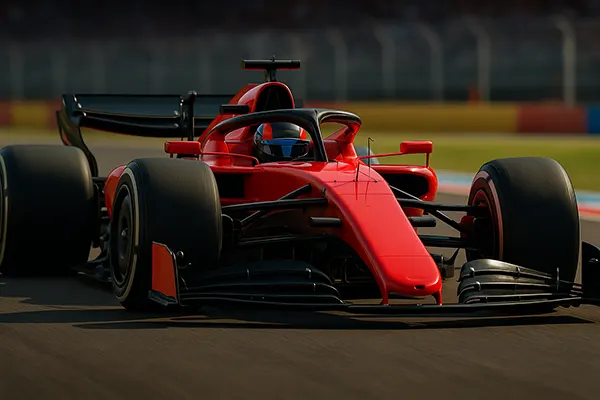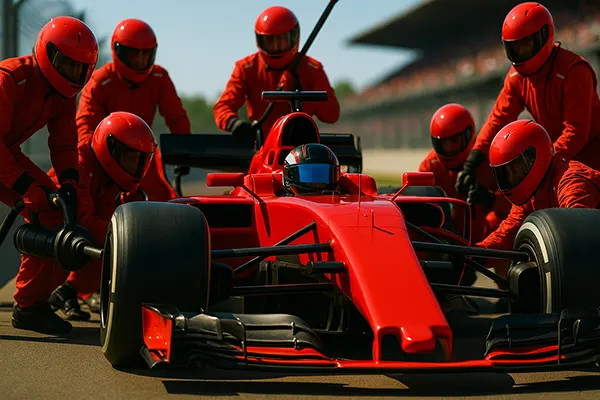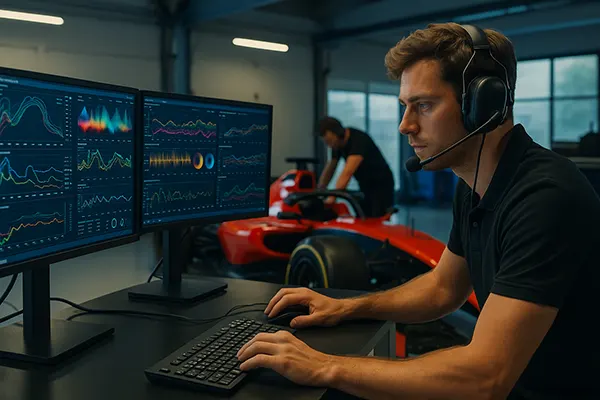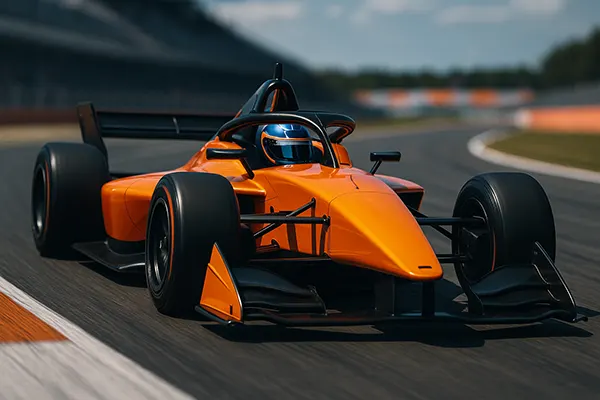
Changes in Formula 1 for the 2025 Season: New Cars, New Rules
The 2025 Formula 1 season promises to be one of the most transformative in recent years. With a renewed focus on sustainability, closer racing, and stricter cost management, both fans and teams can expect significant updates in technology and competition. This article provides a detailed breakdown of the new car designs, technical regulations, and sporting adjustments shaping the upcoming championship.
Redefined Car Design and Aerodynamic Efficiency
The 2025 Formula 1 cars have undergone a major evolution in design, with the FIA targeting improved airflow and reduced turbulence behind the vehicles. The rear wing has been slightly modified to decrease the “dirty air” effect, allowing closer wheel-to-wheel racing without the excessive loss of downforce. This is part of the governing body’s ongoing effort to maintain competitive balance and enhance overtaking opportunities.
Teams are now using more compact chassis structures, designed around the updated hybrid power unit regulations that will take effect in 2026. As part of the transition, several teams have already adjusted cooling layouts and energy recovery systems to prepare for the new hybrid era. This has led to innovative design solutions, especially in sidepod and floor configurations, giving each team a distinctive aerodynamic signature.
In addition, the FIA’s restrictions on wind tunnel usage and computational fluid dynamics (CFD) simulations have tightened further. This ensures that teams with greater resources do not gain disproportionate aerodynamic advantages. The system rewards efficiency and precision rather than raw spending power, reinforcing the sport’s commitment to fair competition.
Technical Adjustments and Power Unit Preparations
Although the major power unit overhaul will officially arrive in 2026, 2025 serves as a crucial transitional year. Engine manufacturers are optimising their hybrid systems for improved energy recovery and thermal efficiency. The goal is to reduce fuel consumption by another 5%, continuing Formula 1’s long-term sustainability roadmap.
Additionally, all power units must operate with fuels that contain at least 90% sustainable components. This rule mirrors the FIA’s broader plan to introduce 100% sustainable fuels by 2026. The teams, in cooperation with suppliers such as Aramco and Shell, have been testing advanced synthetic blends to ensure performance parity with current fuels.
Cooling efficiency remains a challenge, as reduced fuel flow rates and greater reliance on electrical systems require rebalanced thermal management. Expect more compact radiators and refined airflow channels in 2025, helping improve both reliability and aerodynamic performance.
Sporting Regulations and Weekend Format Updates
The FIA has also refined the sporting regulations for 2025 to enhance race variety and driver strategy. One key change involves the revised Sprint format, now limited to five events per season but featuring more strategic freedom. Teams will no longer have parc fermé restrictions after Sprint Qualifying, allowing them to modify setups for the main race.
Another adjustment concerns the tyre allocation system. Each driver will receive 11 sets per weekend, with two mandatory compounds for Sunday’s race. This encourages mixed strategies and could produce more unpredictable results, especially on tracks with high tyre degradation such as Bahrain and Barcelona.
Penalties have also been clarified. The FIA has introduced a unified penalty points chart and stricter enforcement of track limits, with stewards now using advanced motion-tracking software to maintain consistency. This ensures fairer application of rules across the grid.
Driver Market Stability and Team Operations
Unlike previous seasons, 2025 brings relative stability in the driver market. Most leading drivers, including Max Verstappen, Charles Leclerc, and Lando Norris, remain under long-term contracts. This consistency allows teams to focus resources on technical upgrades rather than adapting to new pairings.
Operationally, teams must now comply with enhanced financial disclosure regulations under the cost cap system. The FIA has increased the number of random audits per season to ensure transparency and prevent creative accounting practices. Penalties for breaches are now tiered, ranging from fines to points deductions.
Moreover, the FIA has expanded its race control staff and implemented AI-assisted decision-making tools. These systems will provide real-time data analysis to improve race management and reduce controversial stewarding outcomes, a major step toward transparency and credibility in the sport.

Sustainability and Fan Engagement in Modern F1
Beyond technical and sporting updates, Formula 1’s 2025 regulations also advance its environmental and social agenda. The sport’s governing body continues its “Net Zero 2030” commitment, with all teams now required to offset travel emissions through verified sustainability programmes. This includes reduced freight volumes and increased use of biofuel-powered logistics.
The FIA has introduced guidelines for eco-friendly operations at race venues, promoting renewable energy use and recyclable materials in the paddock. Circuits such as Silverstone and Zandvoort are leading the way, showcasing large-scale solar panel installations and green transport initiatives for spectators.
In terms of fan engagement, Formula 1 continues to expand digital interaction, offering advanced telemetry data and immersive broadcasting. The introduction of personalised race statistics via official apps allows fans to follow specific drivers and strategies in real time, deepening their understanding of the sport’s complexity.
The Road Ahead for Formula 1
As the sport prepares for the landmark 2026 power unit regulations, the 2025 season represents a vital balancing act between innovation and continuity. The new technical and sporting adjustments aim to ensure that Formula 1 remains both exciting and relevant in a rapidly changing automotive world.
With teams embracing hybrid technology, stricter cost controls, and sustainable operations, the sport is entering a new era of accountability and progress. The FIA’s vision is to deliver competitive racing while setting benchmarks for engineering excellence and environmental responsibility.
Ultimately, 2025 will serve as a foundation for the future of Formula 1 — one where technological evolution and sporting integrity coexist, ensuring the championship’s place as the pinnacle of global motorsport for decades to come.




